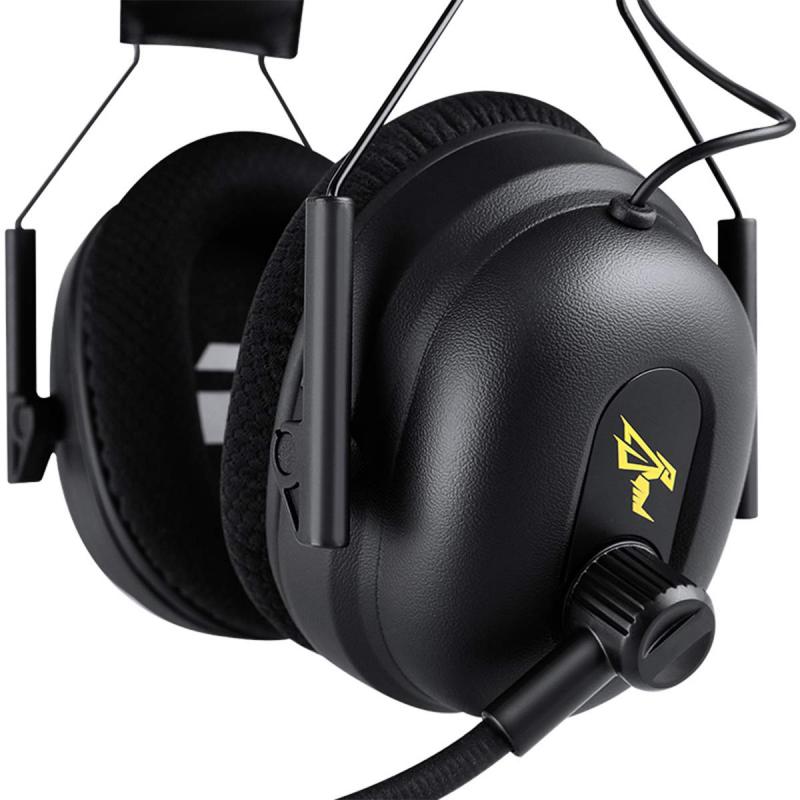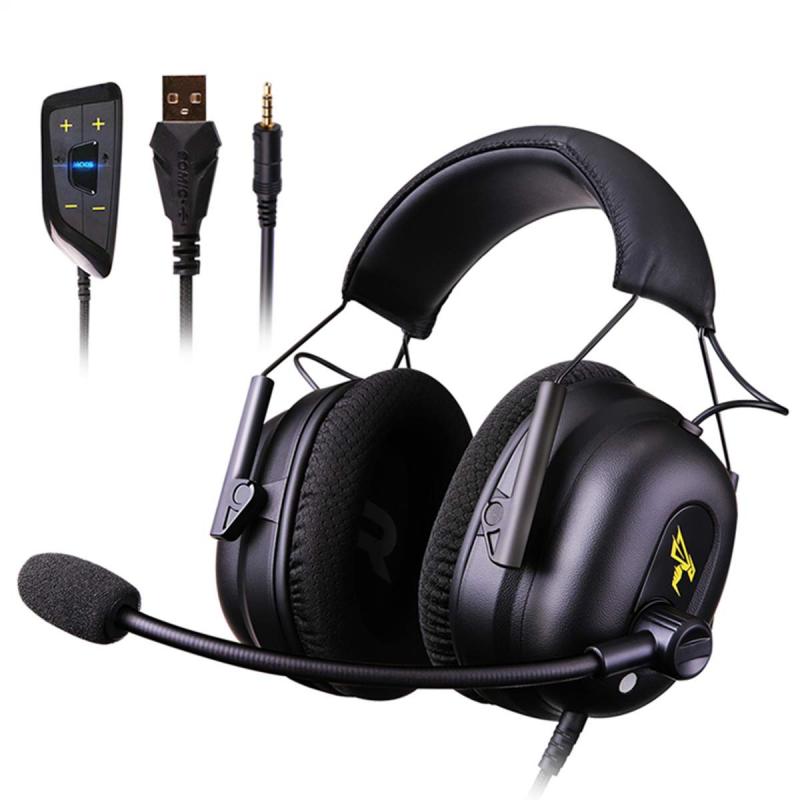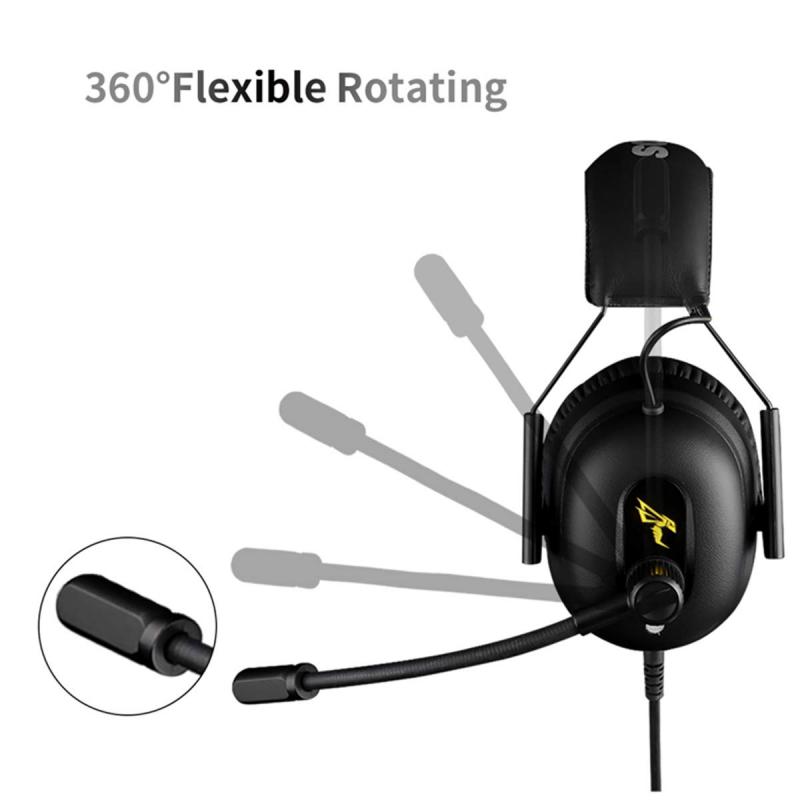How To Reduce Background Noise In Earphones?
Listening to music, podcasts, or audio books using earphones is a popular way for people to escape into their own worlds, but background noise can be a frustrating intrusion. Whether you're in a bustling office, on a crowded subway, or taking a walk through the city, unwanted noise can significantly impact how you enjoy your audio content. Fortunately, there are several practical solutions to reduce or even eliminate background noise and enhance your listening experience. Below, we will explore different approaches to minimizing background noise in earphones, diving into both technological solutions and behavioral adjustments that can collectively improve the quality of your audio.
Understanding the Problem

Before searching for a solution, it's crucial to understand the causes of background noise. Generally, there's external noise, which comes from the environment around you—such as traffic, chatter, or machinery. Then, there's internal noise, which refers to the audible disturbances arising from poor earphone quality or connectivity issues.
Using Noise-Cancelling Technology

Active Noise Cancellation (ANC):
One of the most effective ways to reduce background noise is through active noise cancellation technology. ANC works by using microphones and speakers to pick up and counteract outside disturbances. It's especially effective in environments with consistent noise patterns, like the hum of an airplane engine or the buzz of an air conditioner. When choosing earphones, consider models equipped with ANC for a quieter listening experience.
Passive Noise Isolation:
This method involves physically blocking out sound using soundproof materials. Over-ear headphones often provide better passive noise isolation than in-ear models, purely due to their size and design that envelop the ear. However, several in-ear earphones are available with good passive noise isolation, often featuring snug and comfortable ear tips that create a seal in the ear canal, thus preventing ambient noise from reaching your ears.
Choosing the Right Ear Tips

The fit and material of ear tips can significantly affect how well earphones can isolate noise. Here are several options to consider:
Foam Tips:
Memory foam tips often provide a superior seal compared to standard rubber or silicone tips. They expand in the ear canal, effectively blocking out more ambient noise.
Custom-Molded Tips:
For those willing to invest a bit more, custom-molded ear tips can be made to fit the unique shape of your ear canal, offering both exceptional comfort and superior noise isolation.
Dual-Material Tips:
Some manufacturers produce ear tips that mix different materials, such as silicone and foam, to optimize the balance between comfort and noise isolation.
Adjusting Settings and Volume

Customizing Audio Settings:
Most smartphones and music players come with built-in equalizers that allow you to tailor the audio output to your preferences. Experimenting with these settings might help enhance certain audio frequencies while minimizing others, sometimes making the background noise less noticeable.
Listening at Lower Volumes:
Surprisingly, listening at lower volumes can sometimes help reduce perception of background noise. At high volumes, your earphones’ sound output can resonate with ambient noise, making disturbances more noticeable. Experiment with finding the sweet spot where your content is clear but disruptive ambient noises are minimized.
Behavioral Adjustments
Positioning and Environment:
Take note of where you are when listening. Your immediate environment matters— sitting next to a window on a bus or under a vent in a coffee shop can introduce more unwanted noise. Whenever possible, choose quieter areas or position yourself away from potential noise sources.
Earphone Maintenance:
Regularly check earphones for wear and tear. Dirt or debris in the earphone mesh or a loosened fit can degrade the audio quality and increase perceived noise levels. Simple maintenance steps like cleaning the ear tips and checking the connections can make a notable difference.
Exploring Technological Advancements
Dual-Driver Earphones:
Traditional earphones use a single driver for audio output, while dual-driver models feature separate drivers for treble and bass. This method can improve audio clarity and reduce the influence of background noise, especially in busy environments.
Adaptive Sound Technology:
Some high-end models come equipped with adaptive sound technology, allowing the earphones to automatically adjust the noise-cancelling levels based on the ambient sound environment. It helps provide the optimal level of noise reduction without constant manual adjustments.
Third-Party Noise-Cancelling Applications:
There is a range of apps designed to work with your earphones to mitigate background noise, either by enhancing certain audio frequencies or by using software-based noise-cancelling techniques. Though results can vary widely depending on app quality and earphone compatibility, they are worth exploring for additional help.
Optimize Bluetooth Connectivity
If you're using wireless earphones, ensuring optimal Bluetooth connectivity can help reduce distortions and background hum that arise from weak signals. Keep your device in close proximity to your earphones, and update your device software and firmware regularly to ensure the best performance.
Final Thoughts
Reducing background noise when using earphones often requires a multi-faceted approach. From investing in quality ANC earphones or optimizing ear tip materials, to making small adjustments in your listening habits and environment, numerous strategies can be employed based on your specific needs and conditions. Not every solution will work for every person, so experimentation is key. By staying informed about the latest advancements and taking the time to find combinations of solutions that work best for you, you can vastly improve your listening experience, transforming noise-filled bus rides and noisy open offices into your personal sanctuaries of sound.
